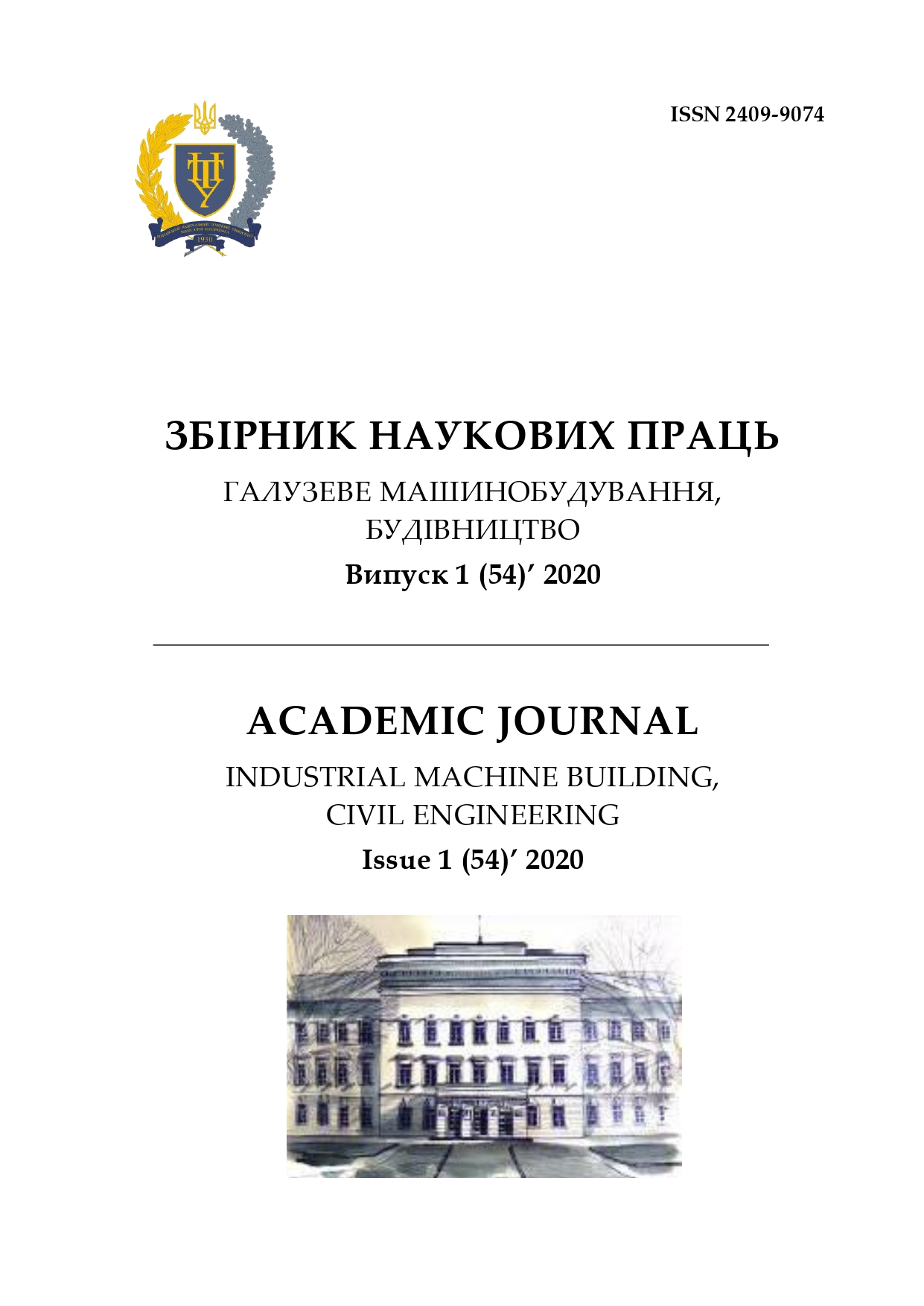Reflection of statistical nature of steel strength in steel structures standards
DOI:
https://doi.org/10.26906/znp.2020.54.2263Keywords:
strength of steel, yield strength, normative resistance, design resistance, coefficient of homogeneityAbstract
Статья содержит систематизированный обзор публикаций по проблеме статистического описания прочности конструкционных сталей. Механические характеристики современных сталей имеют статистическую дисперсию, которая хорошо описывается нормальным законом. Основное внимание уделяется выбору статистических прочностных характеристик сталей разных периодов, таких как математическое ожидание, стандартное отклонение (стандарт), коэффициент вариации и др. Анализ подтвердил высокую надежность нормативных и расчетных сопротивлений низкоуглеродистых и низкоуглеродистых металлов. прокатные профили низколегированных сталей. Представленные в статье данные предназначены для использования в численных расчетах надежности конструкций. Эволюция стандартов проектирования стальных конструкций анализируется с точки зрения обоснования нормативных и проектных сопротивлений и привлечения экспериментальной статистики.
References
. Streletsky NS (1940). On the question of determining the allowable stresses. Construction Industry, 7, 28-35.
. Baldin VA (1961). Calculation of steel structures by limit states. Proceedings of the international meeting on the calculation of building structures (Moscow, December 1958). M .: Gosstroyizdat. 221-233.
. Chernova MP (1965). Statistical studies of some technological properties of construction steels. University news. Construction and Architecture, 9, 3-9.
. Sokolovsky PI (1968). Quality of modern low-carbon steel St3. Industrial Construction, 1, 41-44.
. Arone RG, Uritsky MR (1970). Provision of normanive and design resistances in construction steels. Structural Mechanics and Structure Calculation, 3, 35-39.
. Baldin VA, Uritsky MR (1978). Provision of normative and calculated resistances of low-carbon steel for building metal structures. Industrial Construction, 6, 19-21.
. Baldin VA, Belsky GE (1980). The main provisions of the calculation of steel structures to the limit states. University news. Construction and Architecture, 11, 3-21.
. Skladnev NN, Gorpinchenko VM, Odessky PD, Uritsky MR (1987). Reducing the metal consumption of steel structures by improving of standards. Construction mechanics and calculation of structures, 5, 6 -9.
. Belyaev VF, Gladstein LI, Artikov GA (1995). Selection of design resistances of steel of closed bent-welded profiles. Industrial and Civil Engineering, 5, 30-32.
. Belyaev BI (1960). About design resistance for rolling steel grade NL2 (15HSND). Industrial Construction, 1, 35-36.
. Uvarov B.Yu. (1969). Statistical analysis of 10G2S1 sheet steel test results. Industrial Construction, 3, 30-31.
. Mukhanov K.K., Ishmeneva L.N. (1981) Statistical analysis of the properties of high-strength steel grade 12GN2MFAYU. University news. Construction and Architecture, 4, 133-136.
. Ishmeneva L.N. (1983) Statistical analysis of the properties of high-strength steel with nitride hardening grade 16G2AF. University news. Construction and Architecture, 7, 14-18.
. Vedyakov I.I., Odesskiy P.D. (2013). Steels of the 3rd generation for building structures. Industrial and civil construction, 7, 23-28.
. Vedyakov I.I., Odesskiy P.D., Forkheim K., Kulik V.U. (2011). About application of new steels in unique metal structures. Industrial and civil construction, 6, 66-70.
. Vedyakov I.I., Odesskiy P.D., Gurov S.V. (2018). About regulation of materials in the new of rules SP 16.13330.2017 «Steel structures. Actualized edition of SNIP II-23-81*». Industrial and civil construction, 8, 61-69.
. Sadowski A.J., Rotter J.M., Reinke T, Ummenhofer T. (2015). Statistical analysis of the material properties of selected structural carbon steels. Structural Safety, 3C, 26-35. DOI: https://doi.org/10.1016/j.strusafe.2014.12.002
doi.org/10.1016/j.strusafe.2014.12.002 DOI: https://doi.org/10.1088/1475-7516/2014/10/002
. Schmidt B.J. & Bartlett F.M. (2003). Review of resistance factor for steel: resistances distributions and resistance factor calibration. Canadian Journal of Civil Engineering, 29, 109-118. DOI: https://doi.org/10.1139/l01-082
. Melcher J., Kala Z., Holický M., Fajkus M. & Rozlívka L. (2004). Design characteristics of structural steels based on statistical analysis of metallurgical products. Journal of Constructional Steel Research, 60, 795-808. DOI: https://doi.org/10.1016/S0143-974X(03)00144-5
. Agostoni N., Ballio G. & Poggi C. (1994). Statistical analysis of the mechanical properties of structural steel. Costruzioni Metalliche, 2, 31-39.
. Perelmuter A., Pichugin S. (2017). On One Safety Characteristic of Buildings. Journal of Civil Engineering and Architecture Research. Los Angeles, USA: Ethan Publishing Company, Vol. 4, No. 5, 2035-2044.
. Pichugin S. (2018). Reliability Estimation of Industrial Building Structures. Magazine of Civil Engineering, 83(7), 24–37.
. Pichugin S. (2019). Scientific School «Reliability of Building structures»: new results and perspectives. Academic Journal. Series: Industrial Machine Building, Civil Engineering, 2(53), 5-12.
doi.org/10.26906/znp.2019.53.1880 DOI: https://doi.org/10.26906/znp.2019.53.1880
. Pichugin S., Makhinko N. (2019). High-strength steel grades application for silos structures. Academic Journal. Series: Industrial Machine Building, Civil Engineering, 1(52), 51-57. DOI: https://doi.org/10.26906/znp.2019.52.1674
Downloads
Published
How to Cite
Issue
Section
Published 2020-12-30




